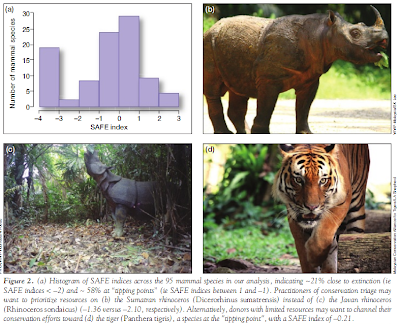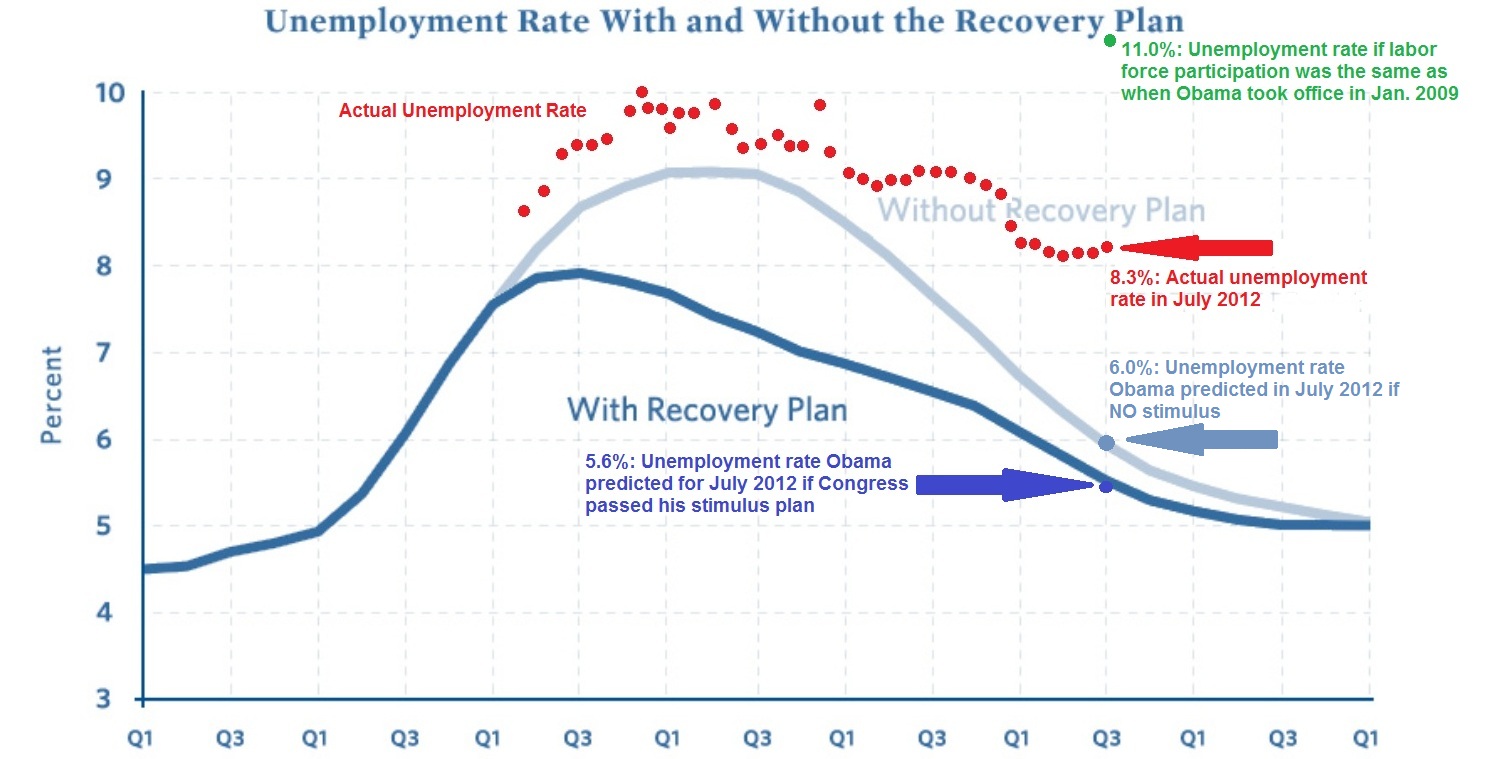Assumed knowledge:- The difference between high and low context cultures
- How this difference can impact communication
Issue:The difference between high and low context is a theoretical concept that is difficult to translate into activities for training. The trainer can either present the theory and use examples to illustrate the difference, or they can show 'model' communication to mitigate the risk of misunderstanding. Furthermore, because high and low context is not exclusive to national culture, the learners must be able to identify different communication styles in various situations. This effectively eliminates the value of trainer generated models because they may not be appropriate to the situation. Therefore, it would be best to give the learners a more solid understanding of how cultural context affects communication and let them apply the lesson to their needs.
Discussion:There are many points of view on the topic, but I will highlight just two. Going back to 2010, Evan Frendo offered an
outstanding menu of comparing and contrasting activities. They were all based on input from the trainer on the theory. The learners are then ask to apply, analyze, synthesize, and evaluate the differences. The weakness in the approach is in the presentation phase. I feel that presenting Edward Hall's theory as an academic topic is not a guarantee for comprehension.
Another approach is that from authors
Bovèe and Thill from
Business Communication Essentials (Pearson, 2012), a fairly standard university text book. The book echoes a wide range of business communication material when it states, "The different expectations of low- and high-context cultures can create friction and misunderstanding when people try to communicate across cultural boundaries." While certainly sound, this doesn't give the trainer or participant much to work with. The authors then provide a model of effective intercultural communication with some basic tips. Sadly, the model consists of a sterilized business letter. While extremely clear it does little to support Bob Dignan's ideas of building relationships, influencing people, or building trust. Effective for the immediate event, it does little for the long-term business relationship.
Recommendation:So, to compliment Frendo's activities, a better method of presentation is needed. From this, the learners can create their own trainer supported models to fit their communication needs. One method is to link lesson plans we are already using to illustrate the difference between high and low cultures. After all, the employees are already living in a high-context company culture. Also, they all remember starting at the company and trying to understand 'the way things are done'.
1. The Unwritten Rules of the Company
A good model for this lesson can be found in
Vicki Hollet's series
Lifestyle (Intermediate by Iwonna Dubicka and Margaret O’Keeffe). This will help define the company culture. In the lesson, the learners discuss and formulate the unwritten rules of the company.
Language point - modals of obligation2. Your First Day
Learners tell stories about the challenges they faced during their first day/month at work.
Language point - past tenses and past obligationSome guiding questions can help the lesson:
- What company/school did you come from? How was it different?
- Did anyone help you understand the unwritten rules?
- Did you come in and give lots of recommendations or sit back and listen? Why?
- Do you remember any mistakes you made? How did your colleagues handle them?
- What were the most important lessons you learned? How did you learn them?
- Did you understand what everyone was talking about (terms, projects, people, etc.)?
- What did you think about your new colleagues? How did they treat you?
- Did you ever hear...
- That won't work here.
- We don't do it that way.
- Trust me, this is the best.
- We already tried that xx years ago.
3. The New Hire's First Day
From here the lesson moves to giving advice for an employee's first day. Using the previous lessons, the learners must 'sponsor' a new employee. This could be done as a role-play, a written list supported by instruction, etc. The new hires should prepare a list of questions for their sponsors to help make the transition faster.
Language point - giving advice, modal question forms4. Reveal the Learning Point
It is at this point that the trainer reveals that their company is a high-context culture. It has its own traditions, conventions, symbols, etc., everything that makes a culture. The trainer can also show the difference between the way they talk to each other in class (high-context) and the way they explain things to the trainer (low-context). Because the difference is already illustrated using a personal situation, it is much clearer for them to understand. One visual way to reveal this is to board the advice under the title "
Company", then replace with "
China".
5. Replace Company with Culture
Now that the learners comprehend the difference, it will be much more fruitful for them to do activities like Evan Frendo's or create models for their communicative situations. Now they can better analyze their communication. Furthermore, the tips they gave to the new hires and the questions they wrote for the sponsor are great resources. They will mirror the advice given by Dignan, Bovèe, Thrill, and others. The questions are very useful when working with their foreign contacts when they need help navigating the confusion.
Question for the reader:This post uses a specific communication style. Did it feel strange to read such a blog post?















 alt="Clements et al, Figure 1" />
alt="Clements et al, Figure 1" />









